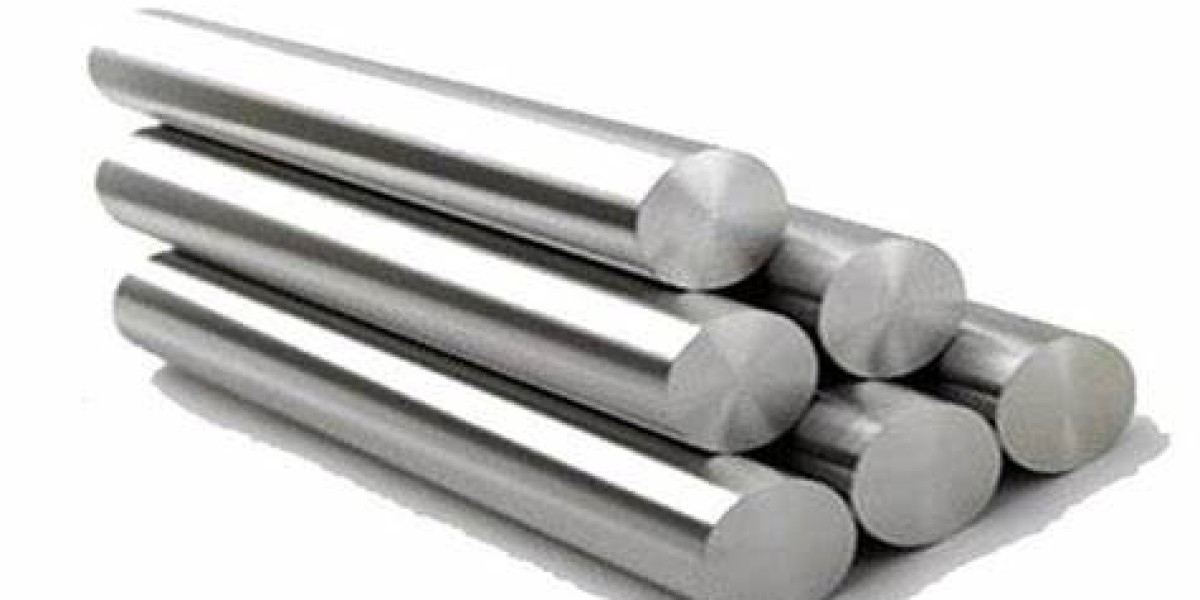In CNC (Computer Numerical Control) machining, the choice of materials is fundamental to achieving optimal efficiency and product quality. Selecting the appropriate material affects not only the performance of the final product but also the machining process itself, including tool wear, speed, and overall costs. This guide highlights key considerations in material selection and strategies to enhance machining efficiency.
Understanding Material Properties
To make informed choices, it's crucial to understand the essential properties of materials:
Hardness: This indicates a material's resistance to deformation. Harder materials tend to wear down tools more quickly, necessitating the use of advanced tooling and techniques.
Tensile Strength: The ability of a material to withstand pulling forces is vital for applications requiring structural integrity. High tensile strength is often necessary in industries like aerospace and automotive.
Ductility: Ductile materials can undergo significant deformation without breaking, making them suitable for processes that involve bending and shaping.
Thermal Conductivity: Efficient heat dissipation is critical during machining to prevent overheating, which can lead to tool failure and reduced surface quality.
Common CNC Machining Materials
Several materials are commonly used in CNC machining:
Aluminum: Lightweight and easy to machine, aluminum is favored for its corrosion resistance and strength-to-weight ratio.
Steel: Known for its durability, steel is often used in high-stress applications. Various grades are selected based on specific performance needs.
Plastics: Materials like acrylic and polycarbonate are popular for their ease of machining and impact resistance, making them ideal for protective applications.
Optimizing Machining Efficiency
To enhance efficiency, consider these strategies:
Tool Selection: Use the right tools for the chosen material. For harder materials, carbide tools are often necessary.
Adjust Cutting Parameters: Optimize feed rates, cutting speeds, and depths of cut based on the material's properties to improve performance and reduce wear.
Cooling and Lubrication: Implement effective cooling strategies to manage heat and extend tool life.
By carefully selecting materials and applying best practices, manufacturers can significantly improve productivity and reduce costs in CNC machining processes. Staying informed about material advancements is also essential for maintaining a competitive edge in the industry.







